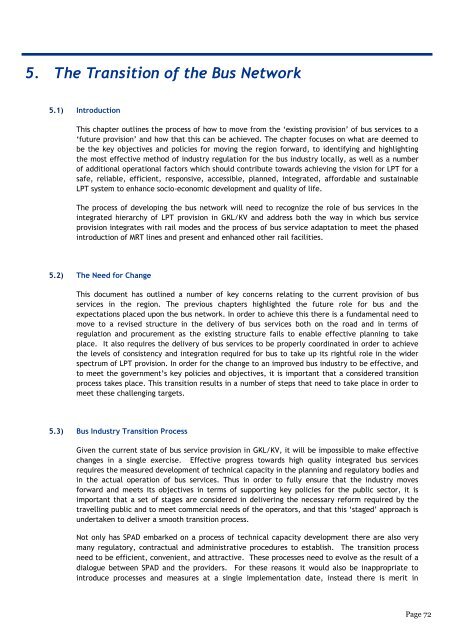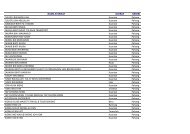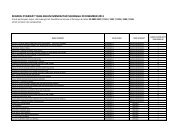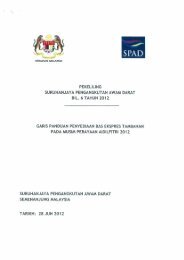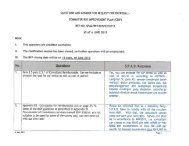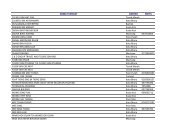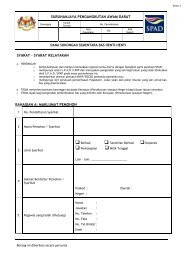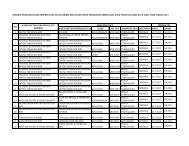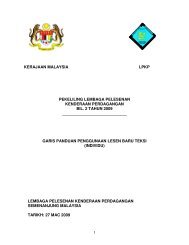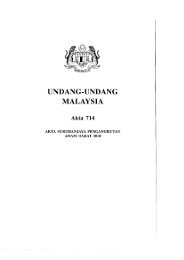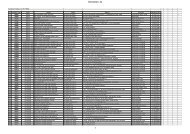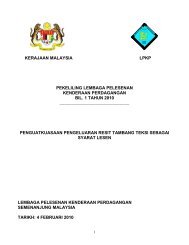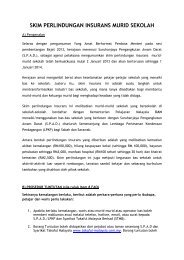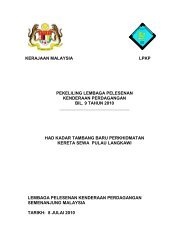Contents - SPAD
Contents - SPAD
Contents - SPAD
Create successful ePaper yourself
Turn your PDF publications into a flip-book with our unique Google optimized e-Paper software.
5. The Transition of the Bus Network<br />
5.1) Introduction<br />
This chapter outlines the process of how to move from the „existing provision‟ of bus services to a<br />
„future provision‟ and how that this can be achieved. The chapter focuses on what are deemed to<br />
be the key objectives and policies for moving the region forward, to identifying and highlighting<br />
the most effective method of industry regulation for the bus industry locally, as well as a number<br />
of additional operational factors which should contribute towards achieving the vision for LPT for a<br />
safe, reliable, efficient, responsive, accessible, planned, integrated, affordable and sustainable<br />
LPT system to enhance socio-economic development and quality of life.<br />
The process of developing the bus network will need to recognize the role of bus services in the<br />
integrated hierarchy of LPT provision in GKL/KV and address both the way in which bus service<br />
provision integrates with rail modes and the process of bus service adaptation to meet the phased<br />
introduction of MRT lines and present and enhanced other rail facilities.<br />
5.2) The Need for Change<br />
This document has outlined a number of key concerns relating to the current provision of bus<br />
services in the region. The previous chapters highlighted the future role for bus and the<br />
expectations placed upon the bus network. In order to achieve this there is a fundamental need to<br />
move to a revised structure in the delivery of bus services both on the road and in terms of<br />
regulation and procurement as the existing structure fails to enable effective planning to take<br />
place. It also requires the delivery of bus services to be properly coordinated in order to achieve<br />
the levels of consistency and integration required for bus to take up its rightful role in the wider<br />
spectrum of LPT provision. In order for the change to an improved bus industry to be effective, and<br />
to meet the government‟s key policies and objectives, it is important that a considered transition<br />
process takes place. This transition results in a number of steps that need to take place in order to<br />
meet these challenging targets.<br />
5.3) Bus Industry Transition Process<br />
Given the current state of bus service provision in GKL/KV, it will be impossible to make effective<br />
changes in a single exercise. Effective progress towards high quality integrated bus services<br />
requires the measured development of technical capacity in the planning and regulatory bodies and<br />
in the actual operation of bus services. Thus in order to fully ensure that the industry moves<br />
forward and meets its objectives in terms of supporting key policies for the public sector, it is<br />
important that a set of stages are considered in delivering the necessary reform required by the<br />
travelling public and to meet commercial needs of the operators, and that this „staged‟ approach is<br />
undertaken to deliver a smooth transition process.<br />
Not only has <strong>SPAD</strong> embarked on a process of technical capacity development there are also very<br />
many regulatory, contractual and administrative procedures to establish. The transition process<br />
need to be efficient, convenient, and attractive. These processes need to evolve as the result of a<br />
dialogue between <strong>SPAD</strong> and the providers. For these reasons it would also be inappropriate to<br />
introduce processes and measures at a single implementation date, instead there is merit in<br />
Page 72


